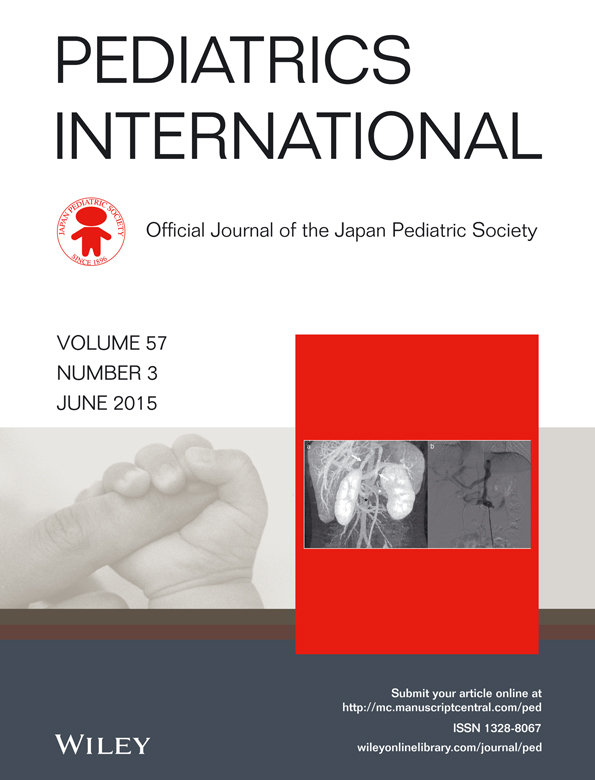Nationwide survey of Cockayne syndrome in Japan: Incidence, clinical course and prognosis
Abstract
In the first nationwide survey of Cockayne syndrome (CS) in Japan, the incidence of CS was estimated to be 2.77 per million births (95%CI: 2.19–3.11) and the prevalence was approximately 1 in 2 500 000. A total of 47 CS patients (24 surviving and 23 deceased) were identified. Based on clinical course, these 47 patients were classified into CS type 1 (n = 41; 21 surviving, 20 deceased), CS type 2 (n = 2; all deceased), CS type 3 (n = 3; all surviving), and CS/xeroderma pigmentosum type D (n = 1, deceased). In the 41 CS type 1 patients, seven findings (i.e. failure to thrive; photosensitivity; deafness; characteristic facial appearance of CS [sunken eyes]; foot joint contracture; intellectual disability; and basal ganglia calcification on computed tomography [CT]) were observed in >90% of patients. Of these, failure to thrive, photosensitivity, and intellectual disability (language delays) developed before 2 or 3 years of age, whereas deafness, sunken eyes, and basal ganglia calcification on CT occurred later. Features such as bodyweight and height stagnation, language delay, abnormal nutritional pathways (tube feeding), and renal failure were more prominent in the 20 deceased CS type 1 patients than in the 21 surviving CS type 1 patients. Of the 20 deceased CS type 1 patients, nine developed severe renal failure during the terminal stages of their condition. The present findings suggest that the clinical course of CS includes a diverse range of symptoms, but each type has characteristic symptoms. In addition, the management of renal failure and nutrition are very important for ensuring good quality of life throughout the long-term course of CS.




